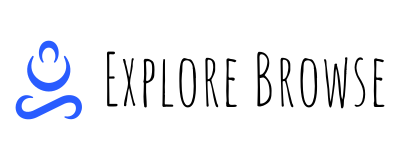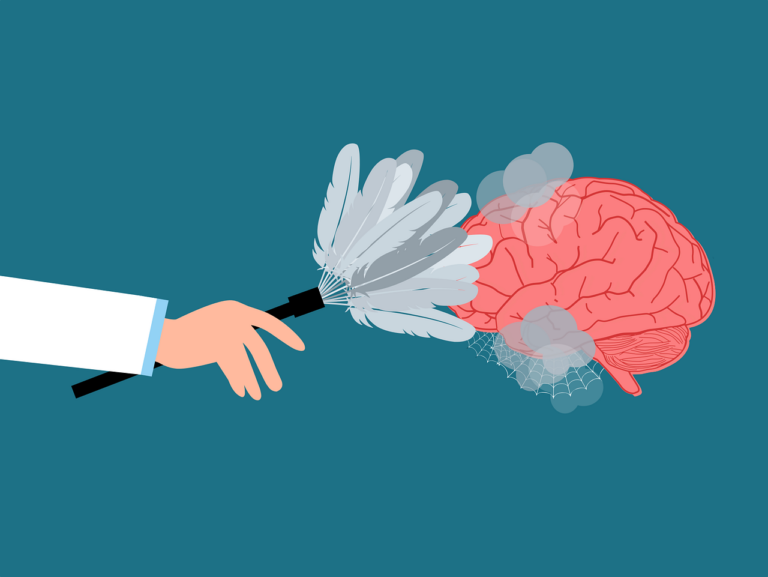How to Plan a Productive Day: Master Your Time and Maximize Efficiency

In today’s bustling world, feeling overwhelmed by tasks and responsibilities is common. However, with effective planning, you can transform your busy days into highly productive ones. Planning a productive day isn’t just about creating a long to-do list; it’s about prioritizing tasks, managing time efficiently, and maintaining a balance between work and relaxation. If you’re ready to unlock the secret to a more productive day, let’s explore some practical strategies that can help you achieve your goals and make the most of your time.
Start with a Clear Vision
Before diving into your day, having a clear vision of what you want to achieve is crucial. Take a few minutes each morning (or the night before) to visualize your goals and set your intentions. What are the most important tasks you need to accomplish? What long-term objectives are you working towards? Having a clear picture of your priorities will guide your actions throughout the day.
As Stephen R. Covey emphasized, “Begin with the end in mind.” Starting your day with a clear vision helps you stay focused and ensures that your actions align with your overall goals.
Prioritize Tasks with the Eisenhower Matrix
One of the key elements of having a productive day is learning to prioritize tasks effectively. The Eisenhower Matrix, also known as the Urgent-Important Matrix, is a powerful tool for this purpose. It divides tasks into four categories:
- Urgent and Important: Tasks that require immediate attention (e.g., deadlines, emergencies).
- Important but Not Urgent: Tasks that are crucial for long-term success but don’t require immediate action (e.g., strategic planning, personal development).
- Urgent but Not Important: Tasks that need immediate attention but do not contribute significantly to your goals (e.g., interruptions, some meetings).
- Neither Urgent nor Important: Tasks that are low-value and can be minimized or eliminated (e.g., trivial activities, excessive social media use).
By categorizing your tasks using the Eisenhower Matrix, you can focus on what truly matters and avoid getting caught up in urgent but less important activities. As Dwight D. Eisenhower said, “What is important is seldom urgent, and what is urgent is seldom important.”
Time Blocking: Allocate Your Time Wisely
Time blocking is an effective technique for managing your schedule and ensuring that each task receives the necessary focus. Divide your day into blocks of time, each dedicated to a specific task or group of tasks. This method helps you maintain a structured day and reduces the likelihood of distractions.
Start by allocating time for high-priority tasks during your peak productivity hours. For instance, if you’re most productive in the morning, schedule your most challenging work during that time. Also, include blocks for breaks, exercise, and other activities to recharge your energy. As Cal Newport, the author of “Deep Work,” highlighted, “To produce at your peak level, you need to work for extended periods with full concentration on a single task free from distraction.”
Use a To-Do List Wisely
While to-do lists are a common tool for planning, it’s essential to use them wisely. Instead of creating an endless list of tasks, focus on a concise, prioritized list that aligns with your goals for the day. Identify your top three tasks or “MITs” (Most Important Tasks) and ensure they are highlighted.
Break down larger tasks into smaller, manageable steps. This not only makes them less daunting but also gives you a sense of progress as you check off each step. As David Allen, the creator of the Getting Things Done (GTD) methodology, stated, “Your mind is for having ideas, not holding them.” A well-organized to-do list helps clear your mind and keeps you focused on execution.
Minimize Distractions
Distractions are productivity’s greatest adversaries. Identify potential distractions in your environment and take proactive measures to minimize them. This might include:
- Setting boundaries with colleagues or family members.
- Using noise-canceling headphones or a quiet workspace.
- Turning off non-essential notifications on your phone and computer.
- Using apps or browser extensions that block distracting websites.
By creating a distraction-free environment, you can maintain your focus and complete tasks more efficiently. As renowned author Leo Babauta noted, “Focus on one thing at a time—single-tasking, not multi-tasking—by giving each task your full attention.”
Take Regular Breaks
Working non-stop might seem productive, but it can lead to burnout and decreased efficiency. Incorporating regular breaks into your schedule helps maintain high levels of focus and productivity. The Pomodoro Technique is a popular method that involves working in 25-minute intervals followed by a 5-minute break.
Taking brief breaks allows your mind to rest and recharge, preventing mental fatigue. Longer breaks for meals and physical activity are also essential for overall well-being. As Stephen R. Covey advised, “Sharpen the saw.” Investing time in rest and rejuvenation ensures that you stay productive throughout the day.
Reflect and Adjust
At the end of each day, reflect on what you’ve accomplished and identify areas for improvement. Consider the following questions:
- What went well today?
- What challenges did I face?
- How can I improve my productivity tomorrow?
Regular reflection helps you learn from your experiences and make necessary adjustments. It also gives you a sense of accomplishment and boosts motivation for the next day. As Ralph Waldo Emerson said, “The unexamined life is not worth living.” Reflecting on your day ensures continuous improvement and growth.
Conclusion
Planning a productive day involves more than just managing tasks; it’s about creating a balanced, intentional approach to your time and activities. By starting with a clear vision, prioritizing tasks with the Eisenhower Matrix, using time blocking, and maintaining a well-organized to-do list, you can enhance your productivity and achieve your goals. Minimizing distractions, taking regular breaks, and reflecting on your progress further ensure that you stay on track and maintain your well-being.
Remember, productivity isn’t just about being busy; it’s about making meaningful progress towards your goals. As author Charles Duhigg stated, “Productivity is about recognizing choices that other people often don’t realize are there. It’s about taking control and designing the life you want.” Embrace these strategies and design your most productive days in 2024 and beyond. Happy planning!






